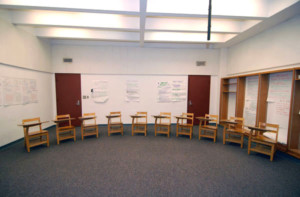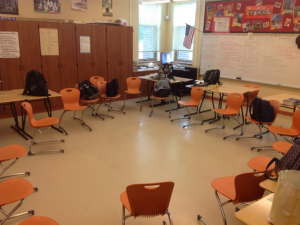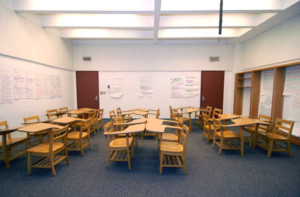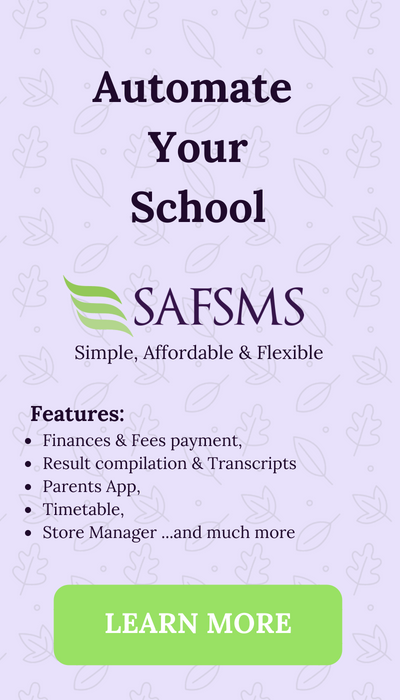Having the best classroom arrangement ideas for learning would have crossed your mind if you’ve ever taught a group of people or ever been a member of a classroom. You must have also noticed that seating arrangements had some sort of effect on the way each student behaved and learned. You may not have been able to present it in an exact theory, but you were right.
Many studies have proven that classroom seating arrangement does have an impact on student engagement and class participation. In fact, it turns out seating arrangements might just be as important as the teaching style(s) you use.

Asides the obvious fact that front-sitters tend to be more involved and answer more questions in class, classroom seating choices can also give an insight into student personalities and general school performance.
Given a free sitting option, you’d likely notice that the more serious ones move to the front while the shy or nonchalant students will gravitate towards the back. This is not conclusive though as other factors may affect the position a student chooses to seat at such as eyesight, peer interactions etc.
It is the duty of the teacher to assign seating arrangements that will bring about the best results in every classroom.
SAFSMS can help you track student behavior and make important classroom decisions. Try it now!
Let’s take a look at the pros and cons of some common seating arrangements and how they influence classroom interaction:
1. Rows and Columns:
This is the most popular in Nigerian school settings. It definitely makes for easier supervision, especially with large number of students like we are prone to having. It discourages cheating and excessive interaction and makes it easier for the teacher to walk in between students and around the classroom, especially during tests and exams. The downside is that this is the easiest arrangement for a student to get carried away and lose focus in class.
2. Semicircle (or U-Shape):
This one isn’t as common over here, but I remember seating like this once or twice while in school. It’s usually fun for interactive classes and the teacher can sit at the front of the semi circle . The downsides are it requires some space and may be impracticable for a large number of students.
3. Runway:
This is another great option for student engagement, especially for presentations. The focus is on the teacher and the class arrangement is easy to monitor. It’s usually best for small number of students but can be pulled off quite well with a large student size too.
4. Circle:
For collaborative and discussion-based classes, the circle arrangement is one of the best. It is also among the easiest seating arrangements for monitoring classroom behavior and performance; especially with small numbers.
5. Clusters/Round tables:
This one works best with a reasonably spacious classroom and at least 8 students. It is very efficient for group assignments but may become hard to monitor with just one teacher
6. Combination:
Combined arrangements would suit you if you have a class with students of varying learning styles, learning levels or behavioral tendencies.
Other factors you have to consider when choosing class seating include student size, age range and lesson topic/subject. Some topics require more group work and teacher guidance while some require more independent work. Also, the size and shape of the classroom itself and even the type of furniture might make some seating arrangements impossible.
It’s okay to experiment with all of these styles and see which one suits your classroom or to use different ones for different lessons. Remember that as a teacher, the primary purpose of whatever you do in class should be to improve the learning experience for all members of the class.
Like this post? Subscribe to our blog for more helpful posts like this in your email. Don’t forget to share it on social media too!











